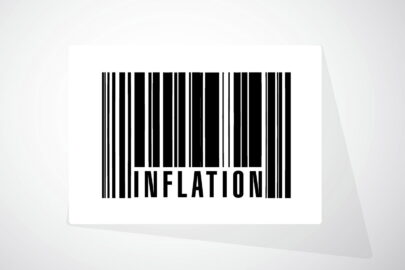The Office for National Statistics has reported that the headline (CPI) rate rose to 3.0% in September, up from 2.9% in August.
This is just shy of the rate at which the Governor of the Bank of England would have to write to the Chancellor explaining why the rate had diverged so far from the target of 2.0%.
The principal contributors to the increased rate were increased transport, recreation and food costs. The increase in the price of food of 3.1% year on year – a category which disproportionately affects those with lower incomes as they spend a greater proportion of their income on basic necessities such as food – highlights the squeeze on spending power and impact of inflation exceeding wage growth on living standards.
Richard Stone, chief executive at The Share Centre, said: “The increase in inflation to 3.0% pushes the Bank of England Governor to the verge of having to write to the Chancellor to explain why inflation has deviated so far from the 2.0% target. In light of this, the prospect of action by the Bank of England at its meeting in November, to raise interest rates from their record low of 0.25%, seems ever more likely. I believe this is particularly the case following the government’s, at least partial, abandonment of the public sector pay cap.
“Although increased inflation in the short term may be explained by the devaluation of Sterling following the Brexit referendum, more rapidly increasing wages could see that higher rate of inflation become baked into the system. This is notably something the Bank of England would be keen to avoid and hence a small increase in interest rates to indicate a preparedness to take action will be an important signal from the Bank.
“It should of course be remembered that such an increase would just reverse the step taken in August 2016 in the aftermath of the Brexit referendum, arguably just returning rates to the previous historic low that had persisted since March 2009 of 0.5%.
“While such a rate rise may be cheered by savers with cash deposits, I believe it is debatable the extent to which banks will pass on the higher base rate into deposit rates – given that the banks are already holding significant cash deposit balances. Anyone with a variable rate mortgage or other loan will though see repayments increase – albeit modestly. This will further squeeze the ability of the consumer to spend or save, at a time when real wages are falling again.
“For those trying to save and invest, the decline in real wages and the impact on disposable income available for saving or investment is stark. This is self-evident in the low savings rates seen at present and underlines why it is so important for government to continue to encourage and incentivise savings and investment, particularly for younger savers, through initiatives such as auto-enrolment for workplace pensions and the Lifetime ISA.
“Ultimately this can though only be achieved by a return to real wage growth. This will occur through productivity improvement, which the UK has struggled with, rising wages (which should be paid for from increased productivity) and falling inflation. Rising wages may come with the end of the public sector pay cap, falling inflation may come through increased interest rates and the point at which the Bank of England decides to act is now undoubtedly imminent.”
